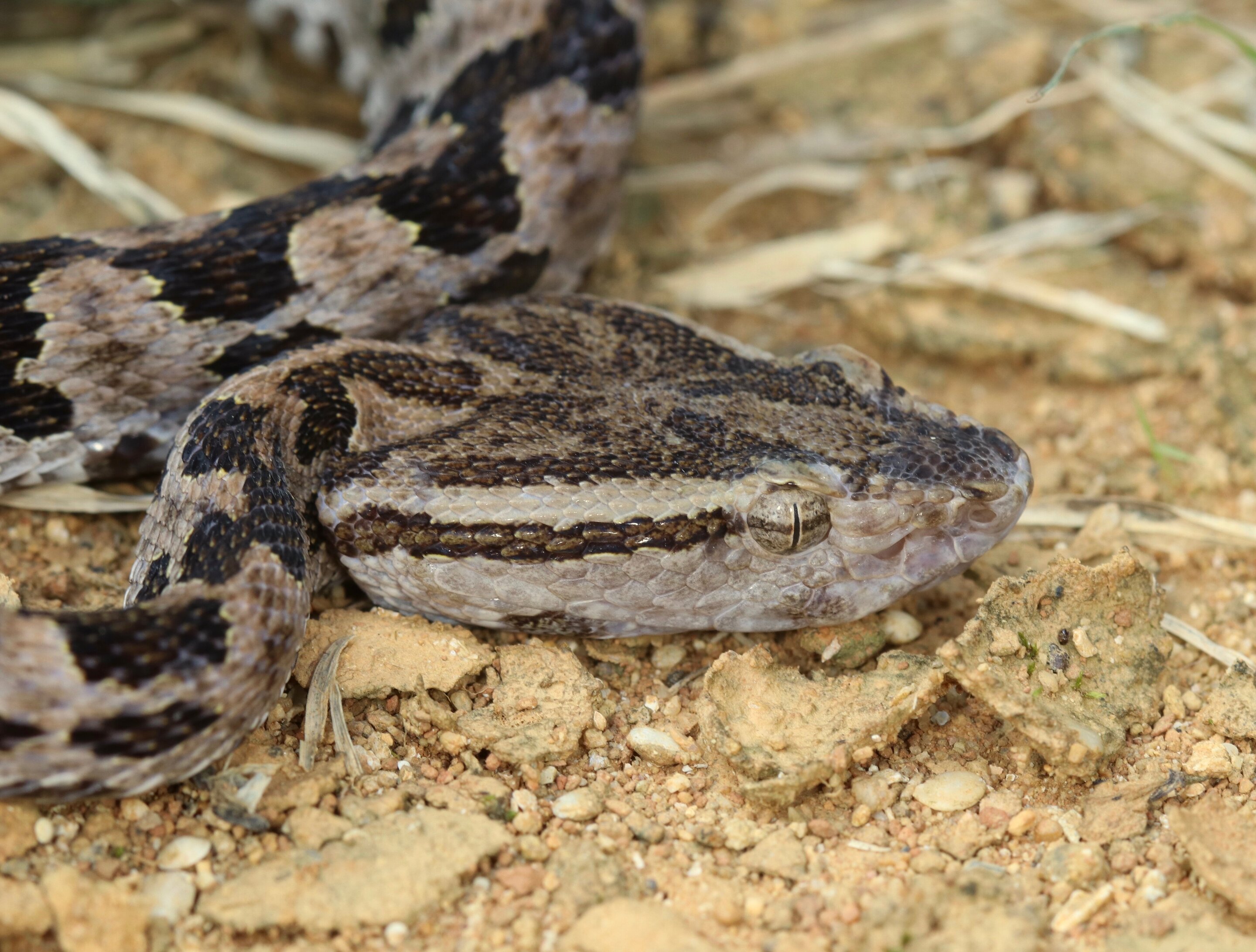
[ad_1]

The Taiwan habu (Protobothrops mucrosquamatus) is a well-established invasive species in Okinawa. Credit: OIST / Steven Aird
We’re not poisonous, and neither are mice – but this potential lurks in our genomes, suggest scientists at the Okinawa Institute of Science and Technology Graduate University (OIST) and the Australian National University. Reporting this week in PNAS, the researchers found that the genetic basis for the evolution of oral venom is present in both reptiles and mammals.
The study also provides the first concrete evidence of an underlying molecular link between the venom glands in snakes and the salivary glands in mammals.
“Venoms are a cocktail of proteins that animals have used as a weapon to immobilize and kill their prey, as well as to defend themselves,” said first author Agneesh Barua, Ph.D. student at OIST. “What’s interesting about the venom is that it has appeared in so many different animals: jellyfish, spiders, scorpions, snakes and even some mammals. Although these animals have evolved in different ways to deliver venom, an oral system – where the venom is injected through a bite… Is one of the most common and most studied. “
But scientists are still focusing on the origin of the oral venom. This latest research on snakes, a group of animals notorious and feared for their powerful bite, now reveals the ancient foundation of oral venom.
Previously, scientists focused on the genes that code for the proteins that make up the toxic mixture. “However, many of the toxins currently found in the venom were incorporated after the oral venom system had already been established. We needed to look at the genes that were present before the origin of the venom, the genes that allowed the rise in power of venom systems, ”said Barua.
Instead, the team looked for genes that work in parallel and interact strongly with the genes in the venom. Scientists used venom glands taken from the Taiwan habu snake, a viper found in Asia.
Researchers identified around 3,000 of these “cooperating” genes and found that they played an important role in protecting cells from the stress caused by the production of many proteins. Genes have also played a key role in regulating protein modification and folding.
When making proteins, long chains of amino acids must fold in a specific way. Much like a bad fold in origami, a misstep prevents the protein from taking the shape required for it to function properly. Misfolded proteins can also build up and damage cells.
“The role of these genes in the unfolded protein response pathway makes a lot of sense because venoms are complex mixtures of proteins. So to make sure you can make all of these proteins, you need a robust system in place to make sure the proteins are properly folded so that they can function efficiently, ”explained Barua.
The researchers then looked at the genomes of other creatures across the animal kingdom, including mammals like dogs, chimps and humans, and found that they contained their own versions of these genes.
When the team looked at salivary gland tissue in mammals, they found that the genes had a pattern of activity similar to that seen in snake venom glands. Scientists therefore believe that the salivary glands of mammals and the venom glands of snakes share an ancient functional nucleus that has been maintained since the two lineages separated hundreds of millions of years ago.
“Many scientists intuitively believed this to be true, but this is the first real solid evidence for the theory that venom glands evolved from early salivary glands,” Barua said. “And while snakes have gone mad, incorporating many different toxins into their venom and increasing the number of genes involved in the production of venom, mammals like shrews produce a simpler venom that has a strong similarity to saliva. “
The apparent ease with which salivary gland function can be reused to become poisonous is surprising – and could mean scientists are starting to look at other mammals in a troubling light.
“There were experiments in the 1980s that showed that male mice produce highly toxic compounds in their saliva when injected into rats,” Barua said. “If under certain ecological conditions mice that produce more toxic proteins in their saliva have better reproductive success, then in a few thousand years we might encounter poisonous mice.”
Whether or not mice are on this evolutionary path is a question that needs further investigation, but it certainly blurs the line between poisonous and non-poisonous species.
And although very unlikely, if the right ecological conditions ever existed, humans too could become poisonous. “It definitely gives a whole new meaning to a toxic person,” Barua joked.
How the snake got its venom
Agneesh Barua el al., An ancient conserved genetic regulatory network led to the rise of oral venom systems, PNAS (2021). www.pnas.org/cgi/doi/10.1073/pnas.2021311118
Provided by Okinawa Institute of Science and Technology
Quote: A mouse bite has venomous potential, finds a new study (2021, March 29) retrieved March 29, 2021 from https://phys.org/news/2021-03-mouse-venomous-potential.html
This document is subject to copyright. Other than fair use for private study or research purposes, no part may be reproduced without written permission. The content is provided for information only.
[ad_2]
Source link